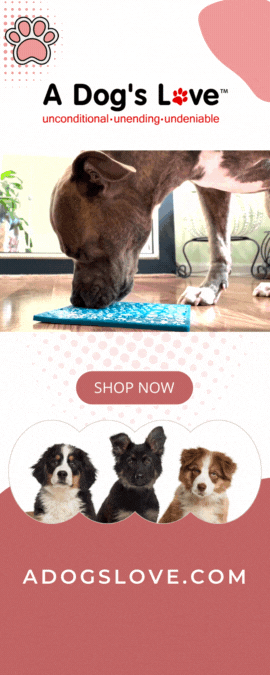No matter how careful you are, the reality is that pups are very curious and can often find ways to get their paws on items that may be dangerous or poisonous to them.
As such, it is important to recognize symptoms of poisoning and know what steps to take if your fur ball displays them. According to certain sources, here are the most common signs of pup poisoning:
i. Abnormal behavior
ii. Black, tarry stool
iii. Collapse
iv. Coughing
v. Decreased or absent urination
vi. Diarrhea
vii. Discolored gums
viii. Drooling
ix. Excessive thirst
x. Excessive urination
xi. Lack of appetite
xii. Nausea
xiii. Vomiting
xiv. Weakness
It is worth noting that different substances and amounts will have different effects on your pup, so be sure to watch out for more than just one symptom! If your pup shows signs that he has consumed a poisonous substance, you need to act quickly and cautiously.
Here’s what you should do:
1. Remain calm. Don’t panic, as your fur ball needs you to work fast but carefully!
2. Gather evidence. Try to collect any remainder of the substance and any other substances involved in the event. Stools and vomit, therefore, should be obtained and kept along with the original poison so that it’s easier for a vet to determine the type of poison involved.
3. Phone help. You can call your vet, or contact the ASPCA Animal Poison Center at (888) 426-4435 for advice from an animal poison expert. Do note that this advice comes with a $65 fee for the consultation.
4. Have your pup’s details on hand. Your vet or animal control experts may need to know your fur ball’s breed, age, sex, weight, and any symptoms or information that relates to the incident. If you know what your pup has consumed, have it with you so you can refer to it during the consultation.
5. Keep an eye on your pup. If he has difficulty breathing, experience a seizure, or loses consciousness, immediately bring him to a vet or emergency clinic.
Now, you are well-prepared to handle any mishaps that may occur. Don’t forget to check out the first part of this article, which spoke about harmful substances to keep away from pups. Do share this around to spread the word!
Feature Image Source: Pixabay


